Hurry Up, Sale Ends in
D |
H |
M |
S
Gemstones are precious or exquisite stones highly prized for their beauty, durability or rarity. Gemstones have attracted and allured humankind since time immemorial, and have long been used for jewellery. In addition, certain gemstones are also associated with astrology, omens, and auspiciousness. Despite being a ubiquitous phenomenon, many people do not know the basics of gemstones, such as their types, variety in cut, etc. If you are someone who wants to brush up your knowledge about gemstones, then this blog is the place to be.
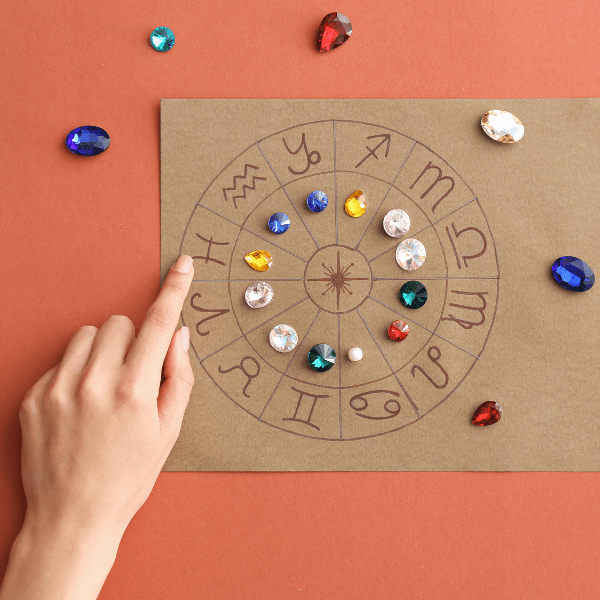
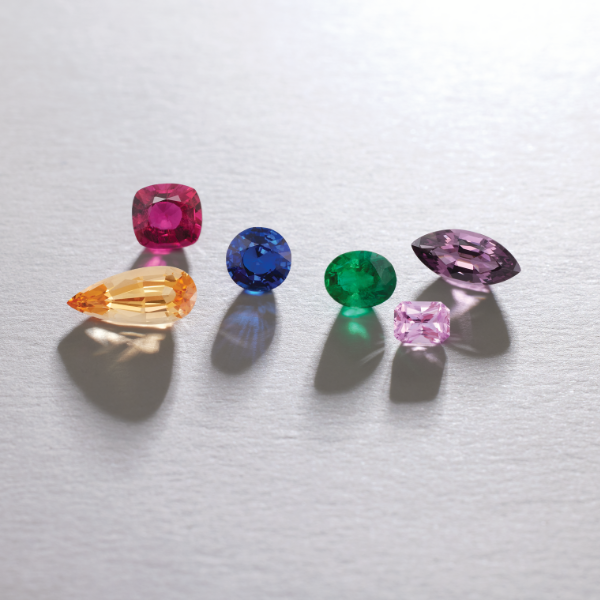
The first step of learning more about gemstones is knowing their type. We can categorize the types of gemstones into precious, semi-precious, and organic. Let us gauge the details of a few of these gemstones below -
Emerald is the most popular and widely recognized gemstone in the world. It has a distinct lush green color, which is derived from trace amounts of chromium and vanadium. Emerald belongs to the Beryl family of gemstones, which also includes Aquamarine and Morganite. Emeralds have been mined for around 4000 years, and are used in exquisite jewellery pieces. Besides, hearsay and the grapevine often associate emeralds with growth, fertility and rebirth.
Sapphire is the most precious and valuable blue gemstone, renowned for its exquisite color, hardness, durability and luster. In fact, the only natural gemstones harder than Sapphire are diamonds. Of course, blue Sapphires are the most popular, you can also find them in yellow, green, pink and even colorless variants. Furthermore, Sapphires are often linked with symbols of wisdom, nobility and purity. They are popularly used in jewellery pieces.
Ruby, also known as ‘The King of Gems,’ is a precious gemstone, renowned for its rich, deep red color. This vivid shade of red, which we lovingly call Ruby Red, comes from the presence of chromium in the mineral corundum. Ruby is one of the hardest and most durable gemstones, and is often used in fine jewellery and all-things luxury. The mining of Ruby probably began around 2500 years ago.Throughout history, Rubies have been a symbol of love, passion and vitality.
Aquamarine is a semi-precious gemstone that belongs to the Beryl family. Its name comes from the Latin words ‘aqua,’ which means water and ‘marina,’ meaning sea. This is emblematic of the gemstone’s stunning light blue to greenish-blue color that is reminiscent of ocean waters. Aquamarines are renowned for their clarity and transparency, and are a popular choice in the jewellery landscape. Aquamarine is often associated with tranquility, courage, and clear communication, and is believed to possess calming properties.
Tanzanite is a rare gemstone that was discovered only in 1967 in Tanzania - the only place it is found. This gemstone has a striking blue-to-violet hue, which can shift depending on the angle and the lighting. Owing to its rarity and breathtaking beauty, Tanzanite has become incredibly popular in the jewellery world. Tanzanite is a relatively softer gemstone and belongs to the Zoisite mineral family. It is linked with aspects, such as intuition, spiritual growth and intuition.
Yellow diamonds are also known as ‘Canary Diamonds.’ They are an incredibly rare and exquisite type of diamond with a vivacious yellow hue. This gorgeous color comes from the presence of nitrogen within the diamond’s structure. Similar to your usual diamonds, Yellow Diamonds are extremely hard and durable and rank 10 on the Mohs Hardness Scale. These diamonds are associated with warmth, joy and optimism and are a popular choice for fine jewellery and engagement rings.
The seventh type of gemstone worth talking about is Pink Sapphire. It is a variant of the mineral Corundum, but its color ranges from light pink to bright magenta. Its distinct pink color comes from trace elements of chromium. Thanks to their beauty and durability, Pink Sapphires are becoming incredibly popular in wedding rings, necklaces, etc.
Now that we have touched upon the seven most popular types of gemstones, let us delve further into the topic.
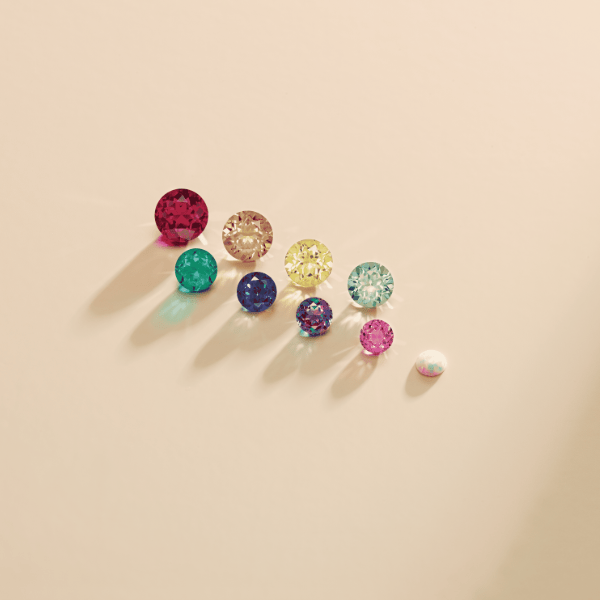
Whether you are an aspiring gemologist or someone planning to purchase jewellery with high-quality gems, it is essential to know about the 3 Cs of gemstones.
Colour is the most important attribute for many gemstones. By color, we mean the basic hue of the gemstone, its tone vis-a-vis lightness or darkness and saturation that encompasses the intensity of the color. A gemstone with a vivid and well-balanced color is more valuable. For instance, the finest and the most precious Rubies boast a rich, blood-red color, while the most prized Sapphires have a deep, royal blue hue. Even a tiny variation in color can vehemently influence a gemstone’s worth and value.
Clarity is another attribute that determines the value and worth of a gemstone. Simply put, clarity is the absence or presence of internal inclusions or external blemishes for a gemstone. By internal inclusions, we mean natural imperfections like air bubbles or mineral deposits that can affect brilliance and transparency. On the other hand, external blemishes are flaws that have emerged due to an ‘external’ trigger; examples include scratches, chipped edges, etc. A gemstone with fewer inclusions and blemishes has a higher clarity and is more valuable. However, some gemstones, such as emeralds, are infamous for having a high proportion of inclusions but are still incredibly prized and precious.
Last but not least, the cut of a gemstone is how it is shaped and faceted to maximize brilliance. A well-cut gemstone reflects light in the most ethereal way, which also enhances the stone’s color and clarity. Symmetry, polish and proportion play a strong role in the cut of a gemstone, and hence, its brilliance. A poorly cut gemstone can appear dull and lifeless, even after being top-tier in terms of clarity and color.
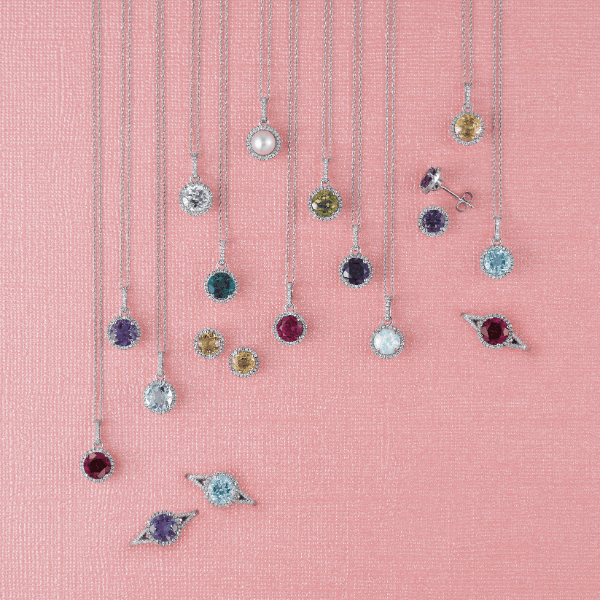
Any blog about the basics of gemstones is incomplete without glancing through the most popular uses of gemstones. These include
Gemstones are incredibly popular add-ons in engagement rings. Variants like emeralds, rubies, and of course, diamonds are the most sought-after choices.
Gemstone rings are jewellery pieces that people wear for astrological or spiritual purposes. For instance, many people wear Aquamarine properties, as it is believed to have calming qualities.
Wedding rings usually have a type of precious gemstone attached. The go-to choice is, of course, a diamond. However, people are now resorting to other alternatives like Yellow Diamond, emeralds, etc.
These are exquisite-looking earrings affixed with a particular type of gemstone, such as diamond, Ruby, etc.
Gemstone necklaces have garnered a lot of popularity in recent times. Emeralds in conjunction with diamonds are a popular choice for gemstone necklaces.
Lastly, gemstone bracelets are fine pieces of jewellery that combine a high-quality metal with precious stones like diamond, Sapphires, etc.
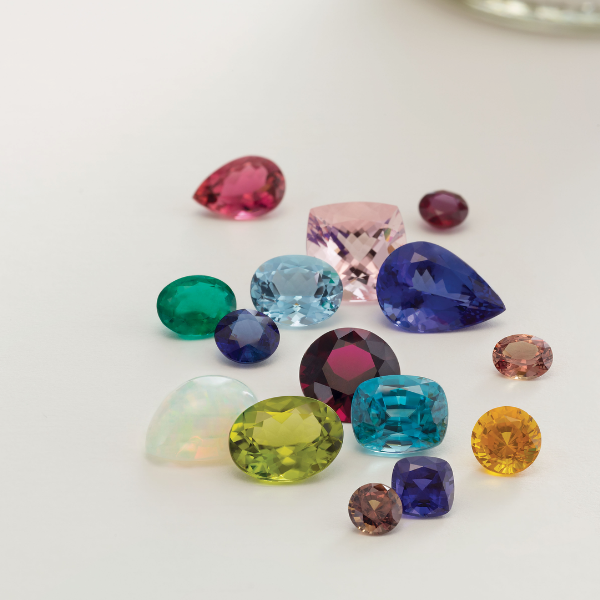
Let us wrap up the article by checking out the most popular gemstone cuts for top-notch brilliance and sparkle.
It is the most popular and the classiest gemstone cut. It has a symmetrical shape and 58 facets. It is especially leveraged for diamonds. The round cut maximizes reflection, thereby imbibing the gemstone with breathtaking brilliance. Thus, round cut is a timeless choice for engagement rings.
It is a sharp, square cut that is renowned for combining modern and geometric styles. It is a mix of square or rectangular facets with uncut corners for immaculate brilliance.
It is an absolute romantic in the world of gemstone cuts. The heart cut demands precision and skill to ensure symmetry. When done right, the heart cut reflects light beautifully. But its uneven surface creates a challenge. The heart cut is often used in sentimental or unique jewellery items.
As the name suggests, the pear cut has a teardrop shape and it combines the round and marquise cuts. It is usually used in pendants and drop earrings, and you can wear it with the top pointing upwards or downwards.
The fifth type of gemstone cut worth talking about is cushion cut. It features rounded corners and larger facets, and is a vintage style that continues to remain popular. The cushion cut has phenomenal ability to display color, and is usually leveraged for vivid gemstones like Rubies and Sapphires.
It provides a vintage, Art Deco look, with less shine and brilliance and exceptional clarity and symmetry. The Asscher cut is characterized by a square step cut with deep facets and a high crown.
It is also a step cut with long, rectangular facets that highlight the gemstone’s brilliance. As the name suggests, emerald cut is often used for diamonds and emeralds, and provides a subtle and elegant sparkle rather than a distinct brilliance.
It is an elongated cut with pointed ends that maximize the carat weight of the gemstone. Hence, it appears larger. The Marquise cut is a good choice for bold and dramatic jewellery.
The penultimate gemstone cut is the oval cut, which combines the brilliance of a round cut with an elongated shape. Hence, it makes the stone appear larger, while still maintaining sparkle.
Last but not least, the radiant cut combines the elegance of the emerald cut with the brilliance of the round cut. It is a great choice if you want a unique and sparkly stone.
So, there we have it, a crisp overview of gemstones, their types, cuts, and the three Cs.
Plus early access to sales, birthday rewards & promotions.